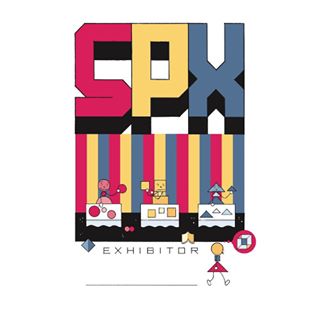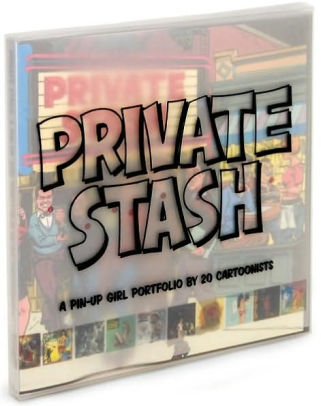Way back in the late twentieth-century when I participated in
that very not-nice cesspool known as “The Comics Journal
Message Board,” Tom Spurgeon was the first comics professional to say nice things
about my writing, even though all I’d produced were some dashed-off, ill-conceived
posts.
That he bothered to take the time was surprising and encouraging. In the small, lonely world that is “comics criticism,” writers don’t get much love. When, at his essential Comics Reporter, he linked to one of my pieces and offered some praise, it helped me feel like I was part of the community and was doing worthwhile work, both of which I’ve often doubted.
There’s something Tom did in his writing that I rarely saw elsewhere. While it might seem minor, it influenced my writing deeply: he regularly acknowledged the limits of his own perspective. In a critical review he might say something like “though perhaps I’m just not the right reader for this” or “nevertheless, I hope this book find its audience and I’m glad it exists.”
He understood that every opinion was profoundly subjective. In this way, he was a comics-criticism oddity, the antithesis of those who treat their own judgments as objective truth and dismiss others who disagree as aesthetically or morally flawed.
That he bothered to take the time was surprising and encouraging. In the small, lonely world that is “comics criticism,” writers don’t get much love. When, at his essential Comics Reporter, he linked to one of my pieces and offered some praise, it helped me feel like I was part of the community and was doing worthwhile work, both of which I’ve often doubted.
There’s something Tom did in his writing that I rarely saw elsewhere. While it might seem minor, it influenced my writing deeply: he regularly acknowledged the limits of his own perspective. In a critical review he might say something like “though perhaps I’m just not the right reader for this” or “nevertheless, I hope this book find its audience and I’m glad it exists.”
He understood that every opinion was profoundly subjective. In this way, he was a comics-criticism oddity, the antithesis of those who treat their own judgments as objective truth and dismiss others who disagree as aesthetically or morally flawed.
Though I didn’t always agree with him, Tom was honest and told
the truth as he saw it. He wasn’t an over-praiser or fake contrarian. He was
bullshit’s foe. In the grand Fantagraphics tradition of Kim Thompson, he’d sometimes
go after those types, and it was rewarding to see.
At SPX one year I went to dinner with Tom and a group of cartoonists.
While driving him to the restaurant, I worried that I was going to say
something dumb — and then felt bad about not being as engaging as I should, as engaging
as he always was.
I’m glad that on several occasions I thanked Tom for his support. I doubt he knew just how much it meant to me, but I hope he understood how important he was to so very many.
Tom has left a profound legacy as a champion of the comics medium and, far more importantly, of the artists who make comics, the people who publish them, and those who write about them.
I’m glad that on several occasions I thanked Tom for his support. I doubt he knew just how much it meant to me, but I hope he understood how important he was to so very many.
Tom has left a profound legacy as a champion of the comics medium and, far more importantly, of the artists who make comics, the people who publish them, and those who write about them.




